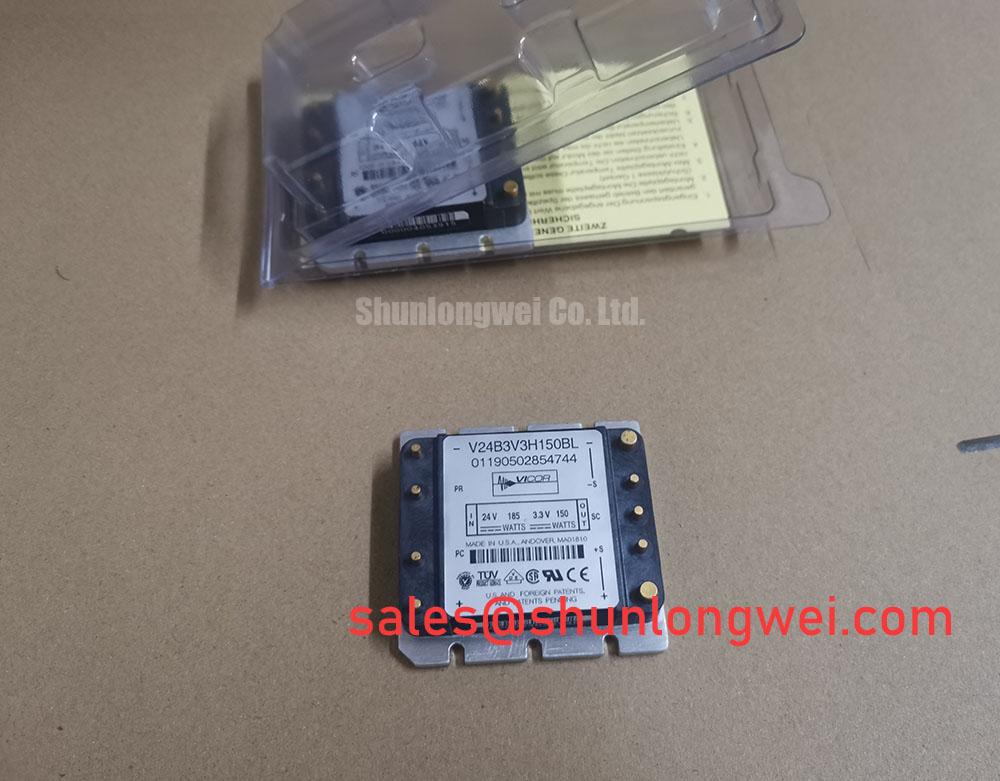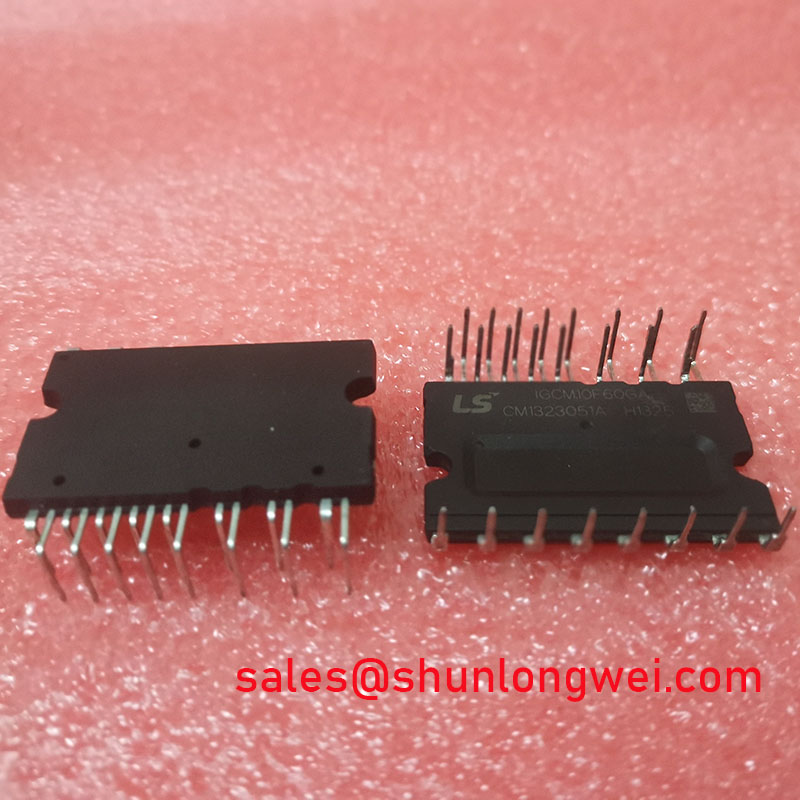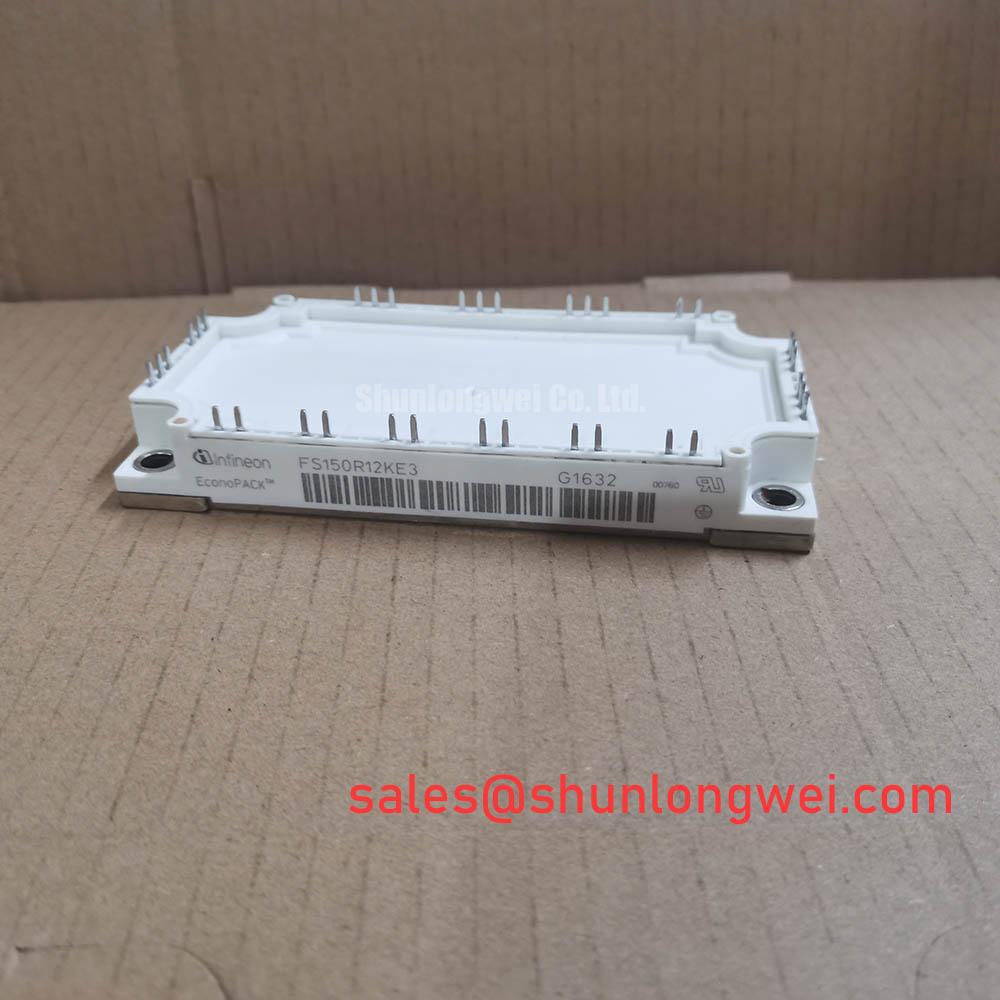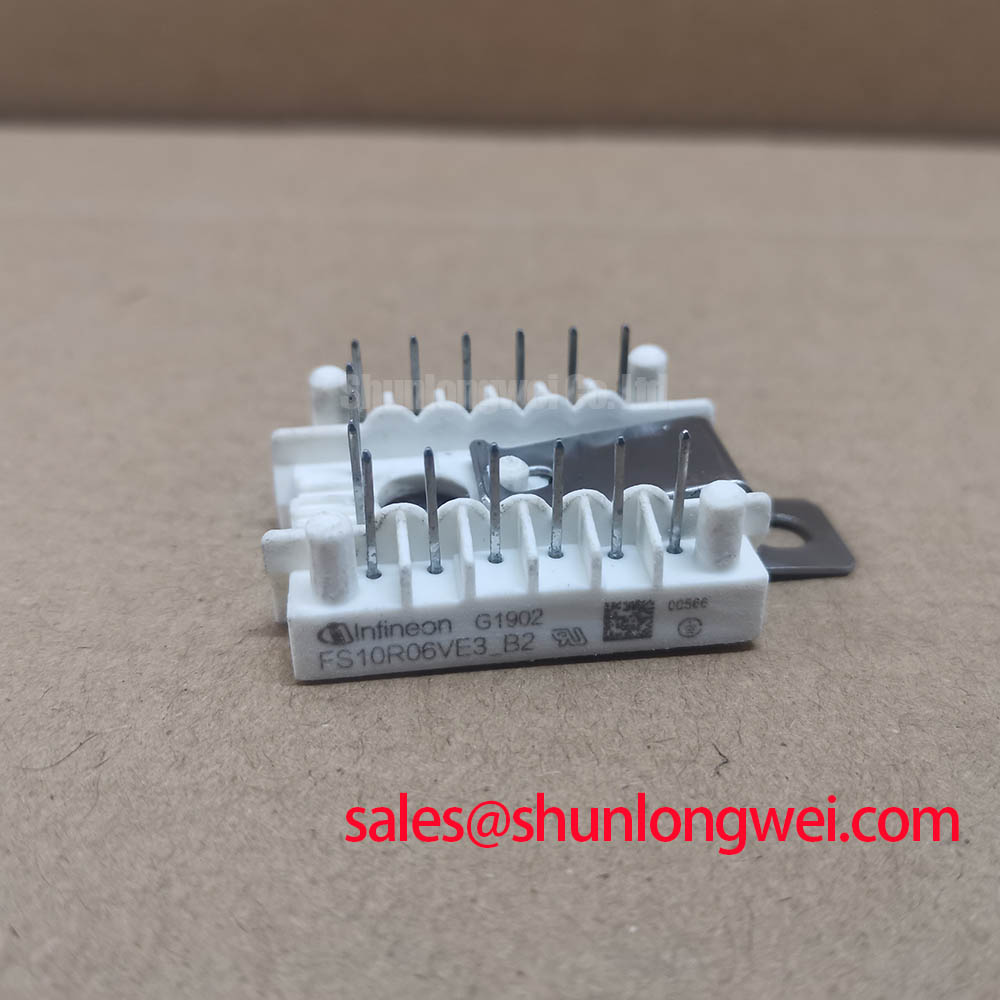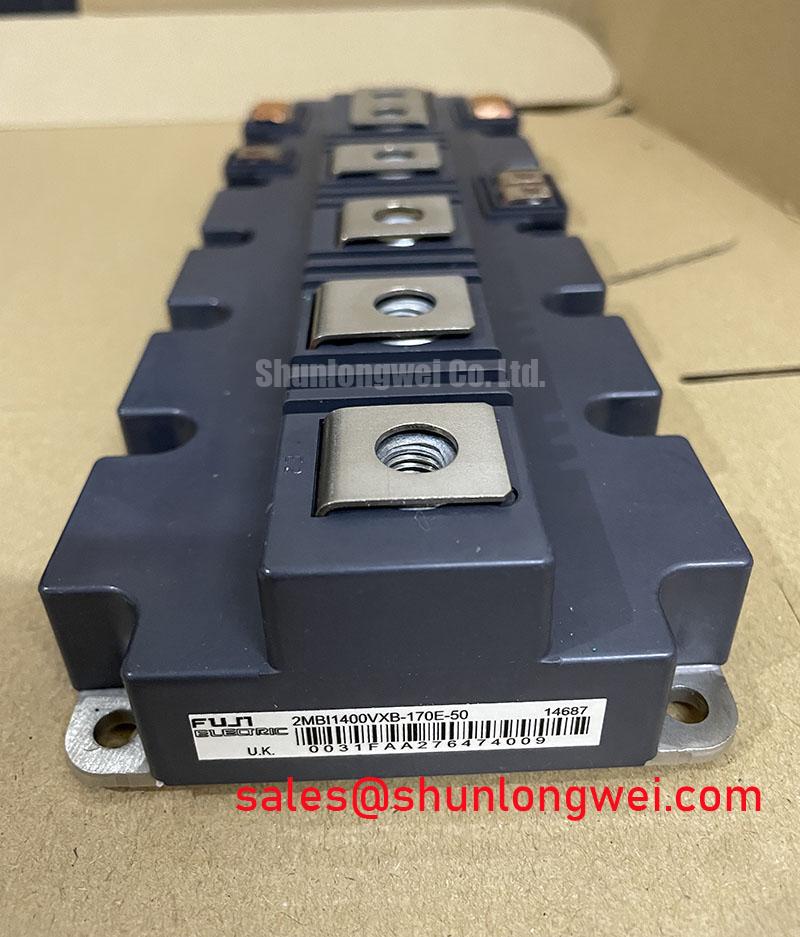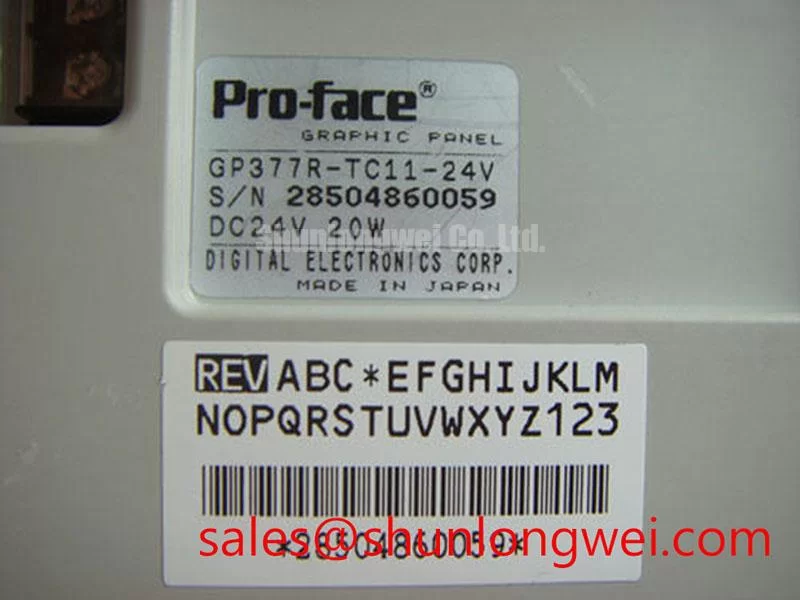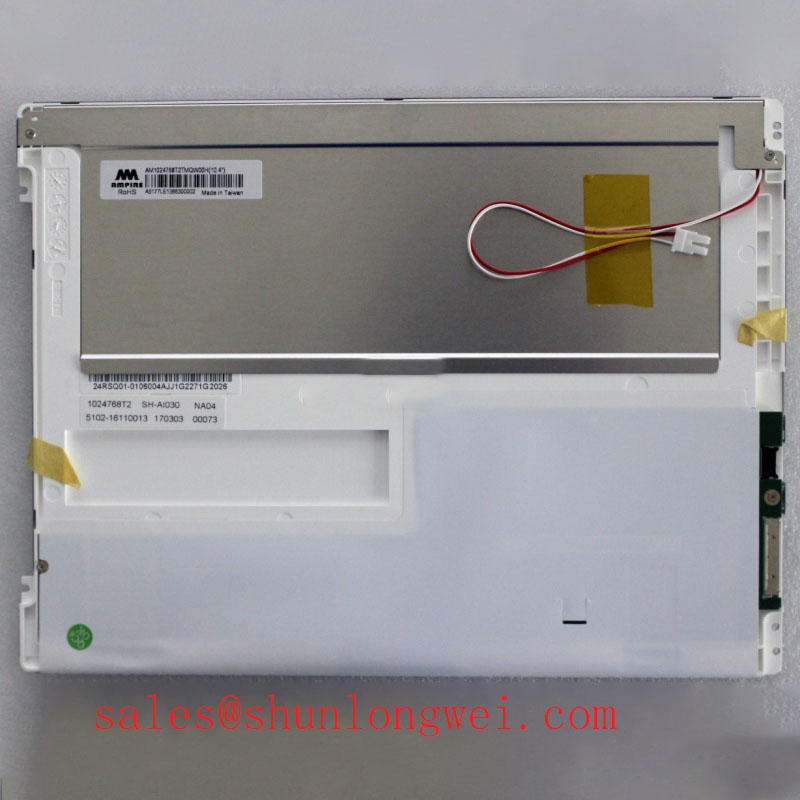```html
Vicor V24B3V3H150BL | High-Density 150W Isolated DC-DC Converter
In modern power system design, the relentless demand for increased functionality within shrinking physical footprints presents a significant engineering challenge. The Vicor V24B3V3H150BL DC-DC converter directly addresses this challenge, delivering a potent combination of power, efficiency, and reliability in a compact, board-mountable package. It is engineered for applications where performance cannot be compromised by space constraints.
Product Highlights Overview
The V24B3V3H150BL is more than just a power converter; it's a foundational block for robust and efficient system architecture. Its design philosophy centers on maximizing usable power while minimizing thermal and electrical noise footprints.
- Exceptional Power Density: Delivers a full 150W of regulated 3.3V power from a low-profile "Mini" size package, enabling significant board space savings.
- Wide Input Range: Operates reliably from a nominal 24Vdc source, with a wide input range of 18V to 36V, making it ideal for battery-powered or fluctuating industrial bus applications.
- High-Efficiency Operation: Leveraging advanced switching topologies, it achieves up to 88% efficiency, which critically reduces waste heat and simplifies thermal management.
- Robust Isolation: Provides 3000Vrms of input-to-output isolation, ensuring safety and eliminating ground loop issues in complex systems.
Technical Deep Dive: The Core of Vicor's Performance
The standout performance of the Vicor V24B3V3H150BL is rooted in its use of a high-frequency Zero-Current Switching (ZCS) and Zero-Voltage Switching (ZVS) topology. Unlike conventional hard-switching Pulse Width Modulation (PWM) converters that incur significant Switching Loss, Vicor's architecture energizes the transformer sinusoidally. This approach allows power conversion to occur at extremely high frequencies with minimal losses because the switching elements transition when current or voltage is at zero.
The direct engineering benefit is twofold. First, the drastic reduction in waste heat is what makes the module's incredible power density possible. Less energy is wasted, meaning a smaller heatsink—or in some cases, no heatsink—is required. Second, this "soft-switching" technique generates significantly less high-frequency harmonic noise. This dramatically simplifies the system's EMI/EMC design, saving engineers valuable development time and reducing the need for bulky and expensive external filtering components.
Key Parameter Overview
For engineers requiring quick-reference data, the following table summarizes the key performance specifications. For comprehensive electrical and mechanical details, download the full V24B3V3H150BL datasheet.
| Parameter | Value |
|---|---|
| Input Voltage Range | 18 - 36 Vdc |
| Output Voltage (Regulated) | 3.3 Vdc |
| Output Power | 150 W |
| Full Load Efficiency | Up to 88% |
| Isolation Voltage (Input to Output) | 3000 Vrms |
| Package Size (Mini) | 2.28" x 1.45" x 0.5" (57.9 x 36.8 x 12.7 mm) |
| Operating Temperature (Baseplate) | -40°C to +100°C |
Application Scenarios & Value Proposition
The unique features of the Vicor V24B3V3H150BL translate directly into tangible advantages across demanding industries:
- Industrial Automation: In crowded control cabinets or integrated into robotic arms, its compact size and high efficiency are paramount. It delivers stable power for PLCs and sensors without adding significant thermal load to the enclosure, a critical consideration for system reliability.
- ATE (Automated Test Equipment): The module's high power density allows test equipment manufacturers to build more channels into a single chassis, increasing throughput. Its low-noise characteristics ensure that the power supply does not interfere with sensitive measurements.
- Telecommunications: In distributed power architectures for 4G/5G infrastructure, these modules provide efficient, isolated local power from a DC bus, ensuring uptime and signal integrity. The wide input range handles voltage sags and swells common in these environments.
Frequently Asked Engineering Questions
Our experts often address the following points during the design-in phase:
For specific application advice or to discuss your power system requirements, please contact our technical team for expert guidance.
```



